Patient and Consumer Leadership in Health Care:
Empowering People and Their Loved Ones
A movement that creates space for greater patient leadership in decision making has been part of a decades-long reorientation of health care toward both quality and value. Health care terminology is evolving in response, with patients increasingly referred to as “consumers” to reflect their greater control over health care decisions. Consumerism—the concept that patients make purchasing decisions based on information about health care cost and quality—is still a relatively new idea, but it’s quickly attracting support in an age when the internet provides more access to information about health care cost and quality than ever before.

1980s
Better Communication, Better Outcomes
Starting in the late 1980s, the importance of the patient–physician relationship began to gain prominence in the academic literature. Studies revealed that better health—whether measured physiologically, behaviorally, or through patient evaluations of their overall health status—was consistently associated with the quality of communication between physicians and patients, and the quality of this communication was especially low when physicians and patients differed in race, ethnicity, or languages used. These observations demonstrated the need to take the patient–physician relationship and team-based care into account in efforts to improve health care delivery. These conclusions have become central tenets of quality measurement.

1983
Banding Together as Patient Advocates for Rare Diseases
For years, patients with rare diseases experienced medical and financial difficulties in relative isolation. Then a small group of patient advocates formed a coalition to support passage of the Orphan Drug Act, which created incentives for the development of treatments for rare diseases. In 1983, the coalition became the National Organization for Rare Disorders. Its goals have been to advance medical research, provide patient and family services, raise awareness of the challenges faced by the rare disease community, and help promote access for all patients to the diagnostics and therapies that will extend and improve their lives.
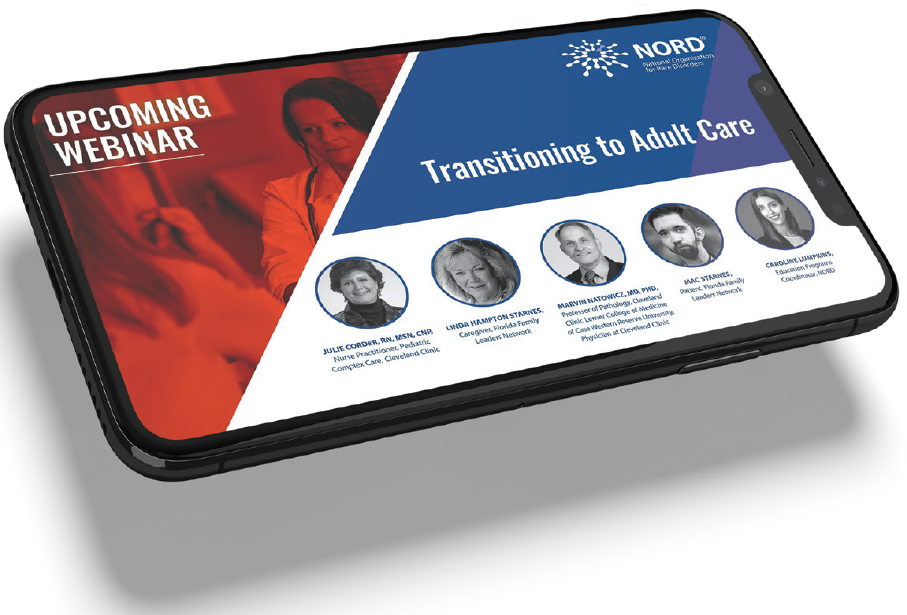
1994
Advocating for Patients
The Patient Advocate Foundation and its affiliate, the National Patient Advocate Foundation, were founded in 1994. The first entity provides direct services to patients and helps them navigate the health care system, while the second works to improve the health care system directly. Together, their goals are to improve access, quality, and affordability for people with chronic, debilitating, or life-threatening illnesses, and their contributions include important leadership in advancing and integrating the concept of person-centered care and developing a more equitable U.S. health care system.
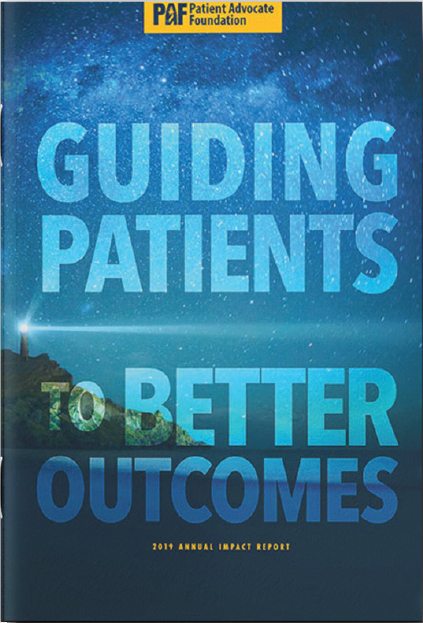
2000s
Rise of the Patient as Consumer
Patients who actively engage in their care as partners with their providers experience improved health outcomes. This insight led to a call in the early 2000s for health care systems to provide the information and training needed to enable collaborative patient roles. This patient-as-consumer movement propelled the sharing of comparative quality information with patients to promote choice and competition in this industry, shifting the system toward more informed choices, shared decision-making, and better self-management of chronic diseases. In this way, the power of consumers was harnessed in health care to create positive change for patients and for the health care system as a whole.
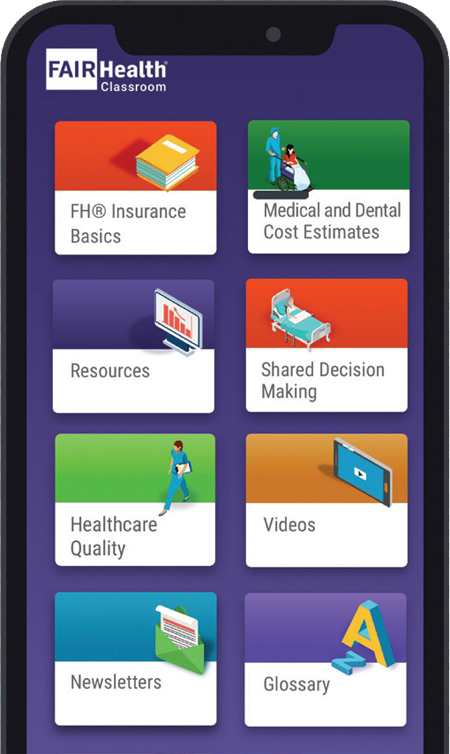
2001
Placing Patients at the Center of Care
In 2001, the Institute of Medicine report Crossing the Quality Chasm: A New Health System for the 21st Century defined patient-centered care as “respectful and responsive to individual patient preferences, needs, and values and ensuring that patient values guide all clinical decisions,” and identified it as one of six key elements of high-quality care. In 2006, the International Alliance of Patients’ Organizations released a declaration that the health care system should be designed to support patient-centered care to ensure that health care is appropriate and cost-effective. By promoting greater patient engagement, patient-centered care leads to improved health outcomes, quality of life, and optimal value for health care investment. In addition, patient and community representation on hospital and care system boards and influence in supporting care delivery, measurement, and payment reform has led to wide-scale changes in health systems, including improved patient safety, perceptions of quality, and medication adherence as well as decreased medical errors.
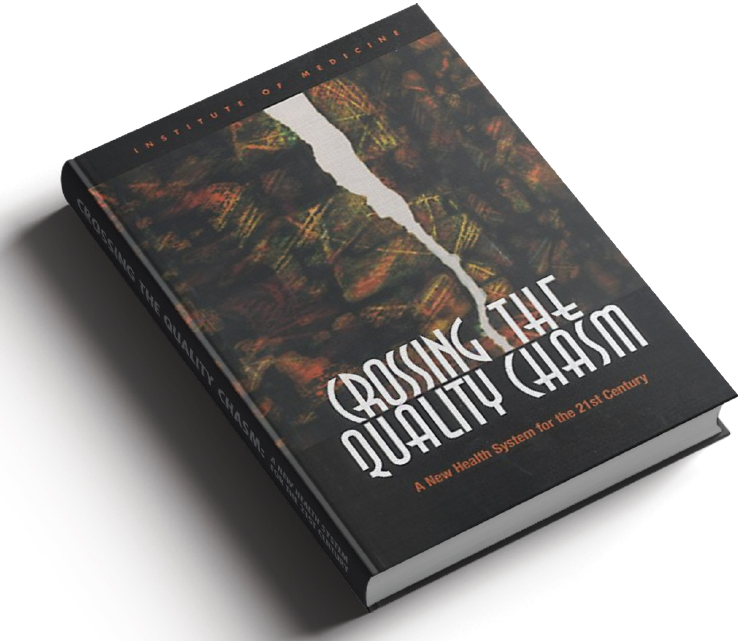
2004
Empowering Patients to Contribute to Research
PatientsLikeMe launched in 2004 as a first-of-its-kind platform for patients to enter information about their own experiences and access data provided by others with the same disease. As of 2020, PatientsLikeMe housed over 43 million data points generated by approximately 650,000 people living with 2,900 different conditions—information the company makes available to researchers. PatientsLikeMe and similar organizations enable the rapid compilation and analysis of vast amounts of data and empower patients as both drivers and consumers of medical research.
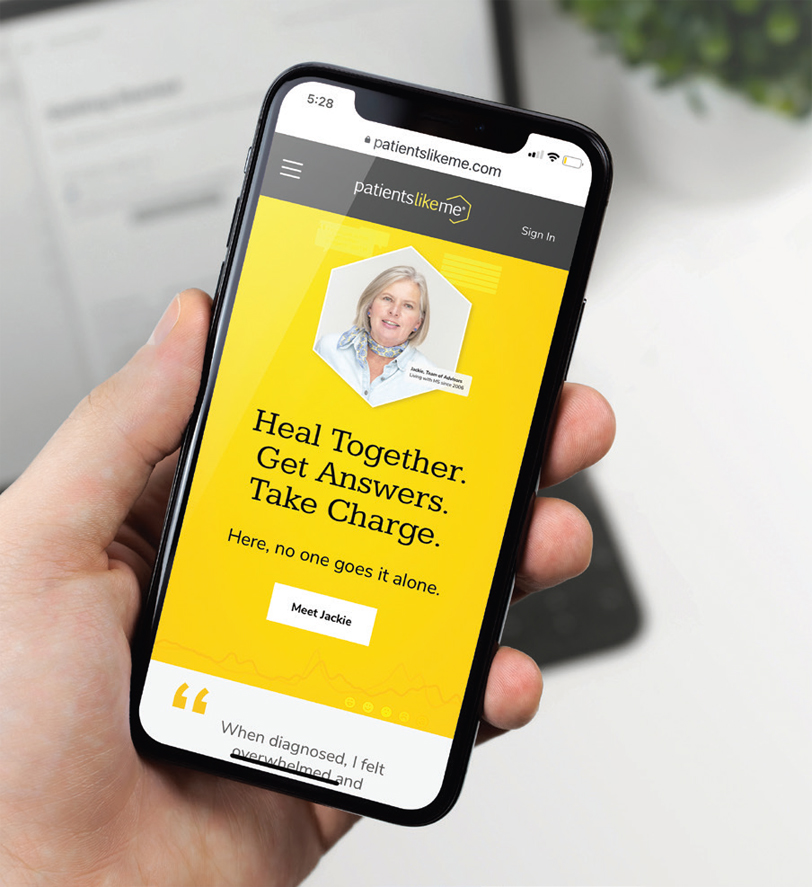
2010
A New Approach to Health Care Research
A variety of approaches to participatory methods of inquiry have existed since the 1940s, such as community-based participatory research, a partnership between researchers and community members to collaboratively address public health issues. These methods are part of an important movement to recognize the value of involving members of a study’s impacted population in the research process. They are also foundational to later advances, including the Patient-Centered Outcomes Research Institute, an independent nonprofit institution that funds research aimed at improving health care at both the individual and population levels. Created as part of the Patient Protection and Affordable Care Act in 2010, the institute focuses on patient-centered outcomes research, which emphasizes not only traditional clinical outcomes but also the needs, preferences, and outcomes most important to patients and those who care for them. The institute also created PCORnet®, the National Patient-Centered Clinical Research Network, which taps into real-world data collected during routine care to generate evidence about the comparative clinical effectiveness of therapies, diagnostics, and prevention strategies.
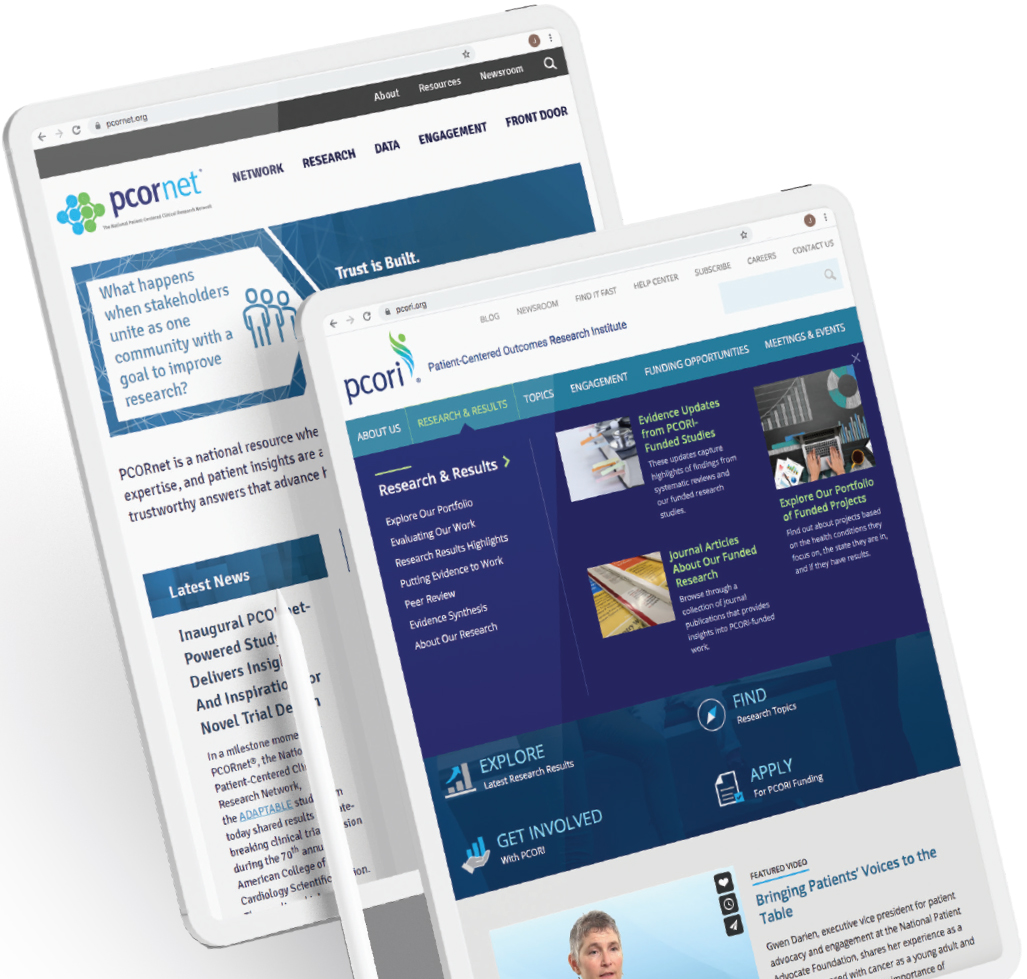
2010s
Tools for Patient Participation
After 2010, the patient participation movement gave rise to new platforms for electronic health records that patients can access and edit. In addition, a new discipline called consumer health informatics emerged, which studies any electronic tool designed to provide personalized information to health information consumers that is not fully dependent on the health care professional, including electronic health records. Consumer health informatics responded to the simultaneous desire of patient consumers to take control of their health and an emerging mandate for high-quality health care.
The complexities of navigating the health care system can confound even the most motivated individuals. More accessible information and greater transparency will be essential for the consumers of health care to gain more control over decisions.




